Wondering what traveling during COVID might be like? Here is a testimonial blog on Ecuador Whale and Marine Program written by our participant Emma Edges. Emma was in Ecuador for 5 weeks starting from the end of May 2021, so she had to travel during the pandemic and experience the 10-day quarantine. Read about her experience!
Emma Edges Blog Testimonial on Ecuador Whale and Marine Program
“I knew traveling alone for the first time would be scary. I also knew that choosing to do a volunteer project for 5 weeks in a completely different country to my own would be terrifying. Especially since I have never traveled out of the United States before. In the weeks leading up to my trip, my mind didn’t want to accept I would be leaving. While my family was excited for me, I felt like it was just another Tuesday. It would not be until I got to Quito that the idea of living in a foreign country for half my summer hit me.
I was quarantined for 10 days when I first arrived in Quito because I do not have my COVID vaccine. The program placed me in a house near the equator memorial. It was beautiful and had a view of Mount Pululahua. Since I was in quarantine, I was all alone. Cooking has never been my strong suit. I am used to going to a dining hall at my University. In total, I know how to make pancakes and carbonara. Even then, I found it impossible not to burn the pancakes I made. Luckily, Diana, my project supervisor, got me this life-changing jam called Arrope de Mora. The jam made even my burnt pancakes taste good. The search continues to find a version I can ship home to the U.S.
During quarantine, my project assigned me classes, so I stayed very busy. I had one week of Spanish and culture classes, in addition to a buddy talk. Starting my trip I knew no Spanish. I was completely lost, however, the Spanish class two hours a day for 10 days allowed me to learn enough to get by in a conversation. I find it a lot easier to speak the little Spanish I know in Puerto Lopez, where I am surrounded by individuals who don’t speak that much English. Often with context clues and asking people questions, I can continue to learn. The culture classes were very interesting. Ecuador has such a rich history and so many traditions to keep its heritage alive. I also learned about the food and local legends, which taught important lessons. For the buddy talks, I was paired with a local in Quito who was learning English. She taught me about life in Ecuador, the different regions, slang, food, and festivals. She was able to practice English, and I was able to learn more about Ecuador and Spanish.
After the 10 days, I was driven down to Puerto Lopez. The drive was around 10 hours and I have never seen so many different terrains in one drive. Quito has a lot of volcanos and mountains, then just past Quito, there is the cloud forest. The clouds hovered, and there was such a thick fog. A lot of the vehicles had LED lights so that one car can see the other. The roads winded around the mountains and valleys, it almost felt like a roller coaster. The towns we drove through were quaint, but bursting with life. Children were playing, vendors in the street, and lots of restaurants calling in customers.
It took me all of one day to fall in love with Puerto Lopez. The neighbors are very friendly and are very patient with my Spanish. Every restaurant I try has amazing food. The perfect way to end my day is eating fresh seafood listening to music playing on the beach.
I was originally supposed to work with sea turtle conservation, but with the recent presidential election and COVID restrictions, this changed. I am currently working with the Pacific Whale Foundation. My work has changed my view of what I want to go into once I graduate. The foundation tracks the migration and behavior of Pacific humpback whales that come to Puerto Lopez coast from Antarctica to breed. A typical work week is a boat trip, then a day of analyzing. For the boat trip, I go with Palo Santa tours to Isla de la Plata. On the way we search for whales, once spotted I take pictures of the whale pod and take notes. The goal is to get photos of dorsal flukes or under caudal tails. The dorsal fluke of whales is like their fingerprints, so we can use this to identify the whale. The notes I take include, how long the pod was near the surface, how many whales are in the pod, how many other vessels are near, and the behavior of the whales. After we get the photos, we organize and edit them into each pod. From this point, we use the photos we have of the flukes and compare them to past catalogued flukes. We can identify if the whale is returning to the Puerto Lopez coast to breed. This is very important for conservation efforts of whales’ worldwide. Whale hunting is still a large issue. Population studies like the one I am participating in help scientists understand how whale hunting is harming the species. I am very grateful to participate in this program and work with incredible individuals.”
Whale and Marine Program pictures
During her trip, Emma shared with us some amazing pictures of her experience. Thank you, Emma, for these!
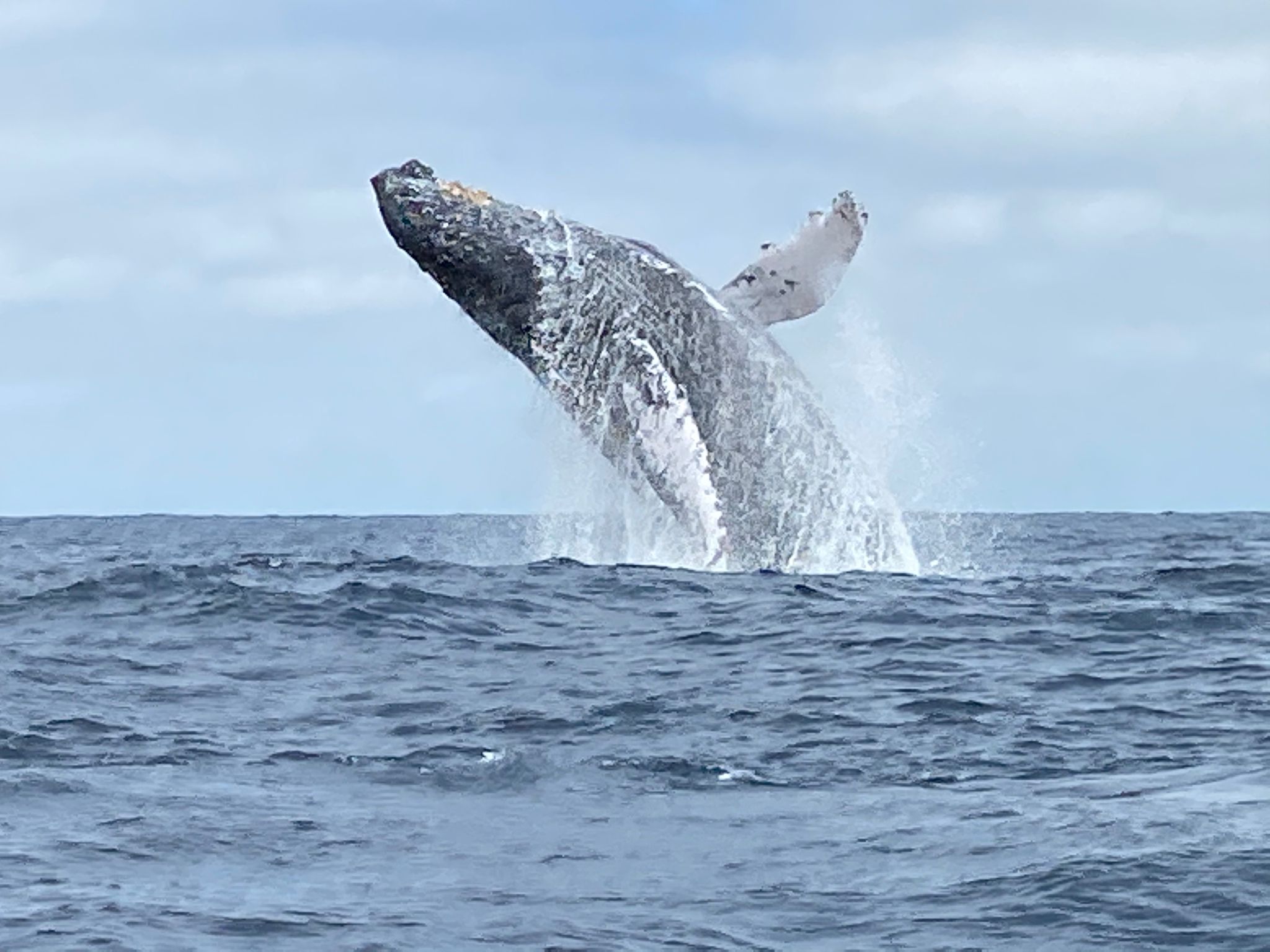
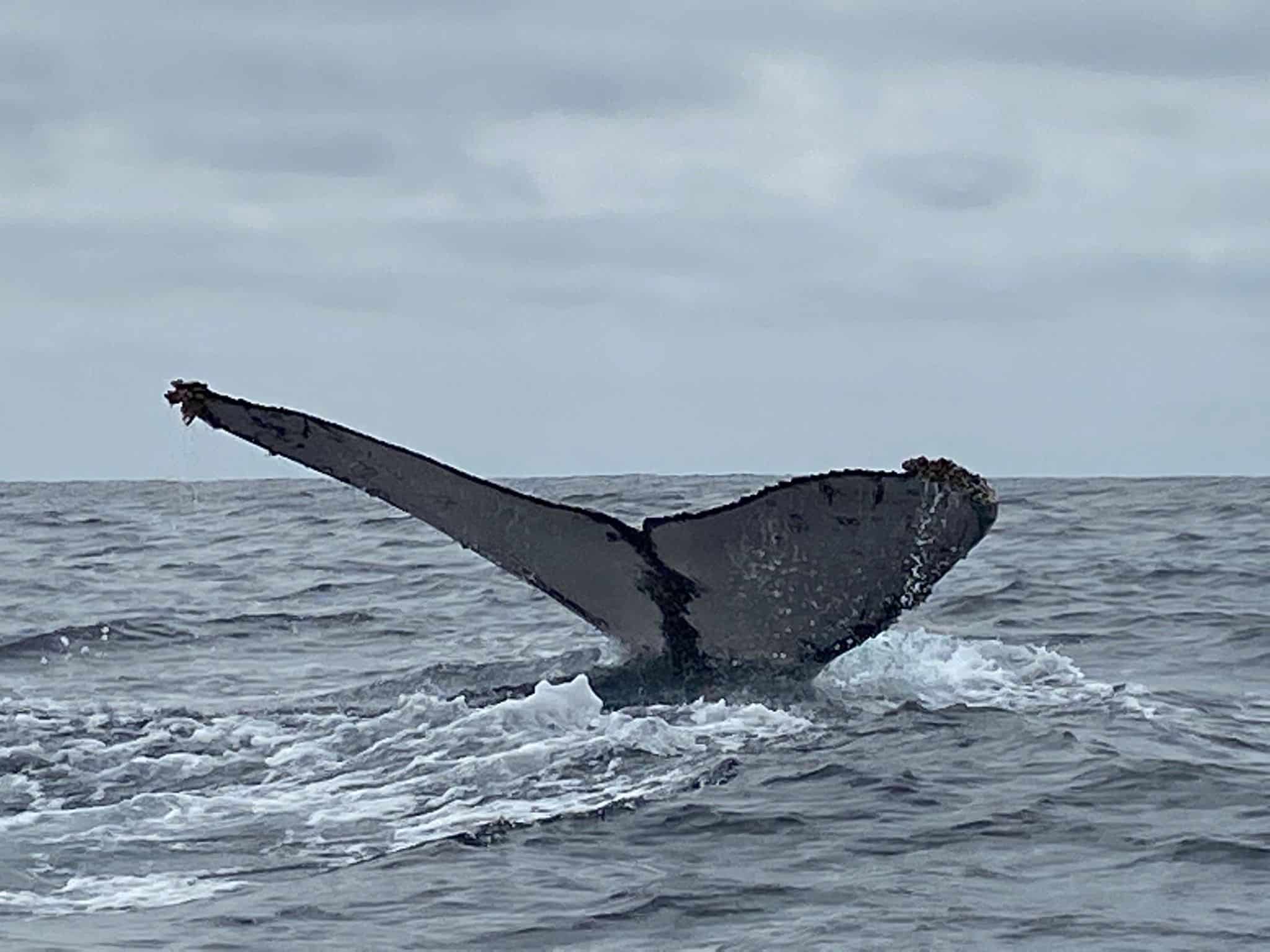
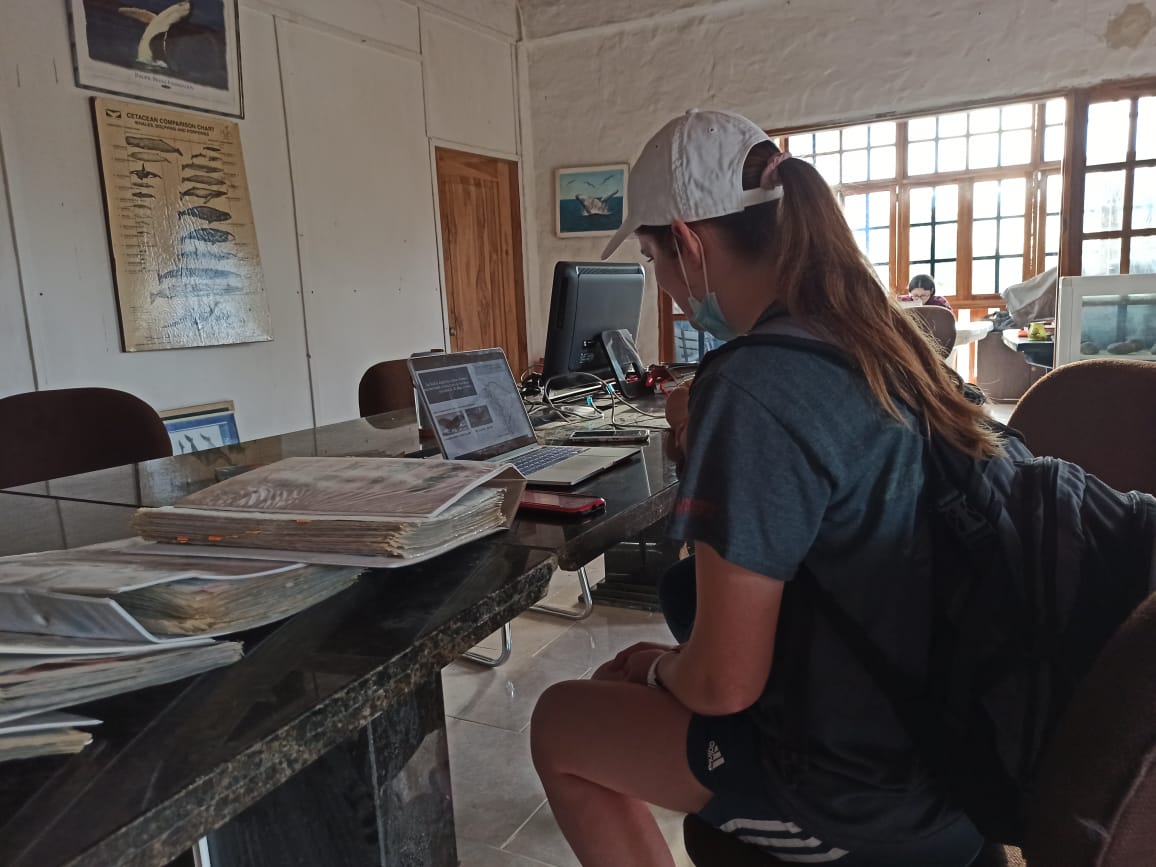
Hope you found this blog interesting. To hear more about the projects that we offer please connect with one of our advisors using the chat now button, or feel free to request a brochure using the button opposite.
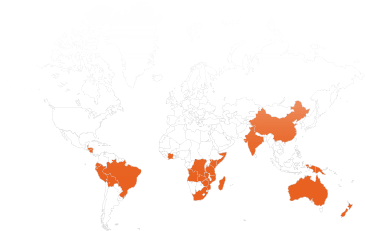
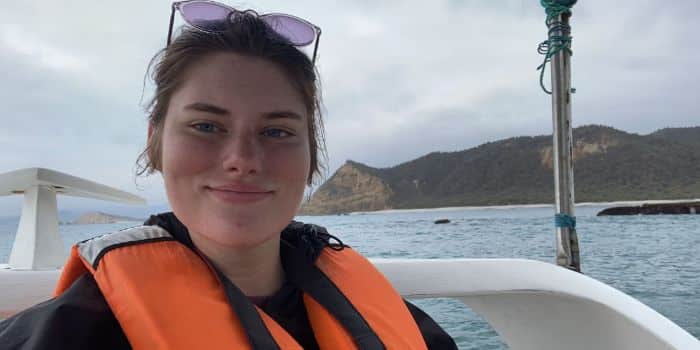
Recent comments